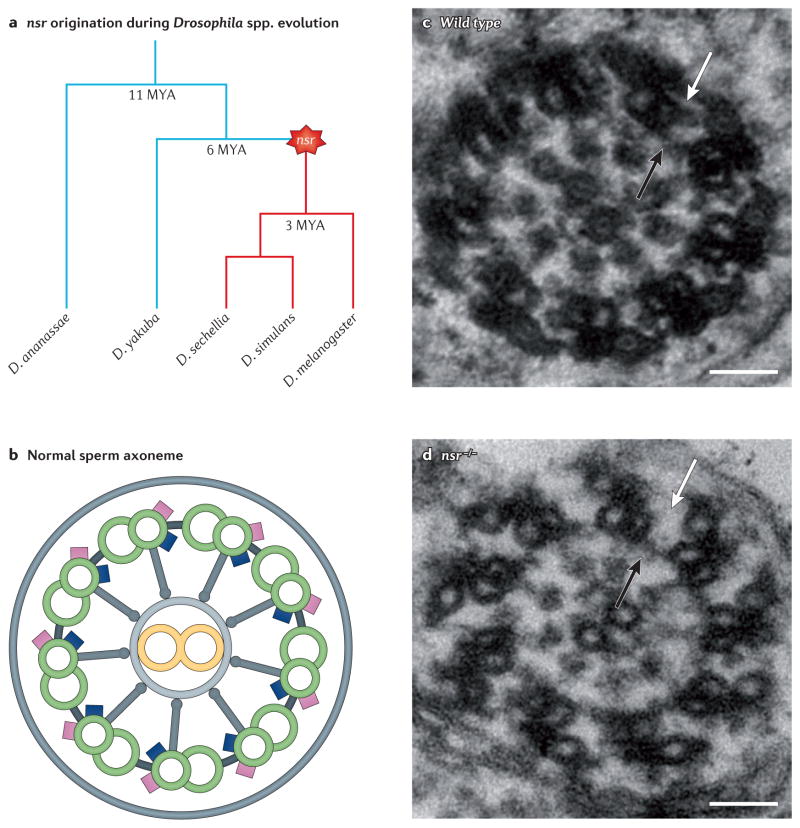Figure 4. The functions of the young nsr gene in sperm development in Drosophila spp.
a | The novel spermatogenesis regulator (nsr) gene was formed through the DNA-based duplication 3–6 million years ago (MYA) in the common ancestor of the clade including Drosophila melanogaster, Drosophila simulans and Drosophila sechellia. The two outgroups shown are Drosophila ananassae (which separated 11 MYA) and Drosophila yakuba (which separated 6 MYA). b | A schematic cross-section of a normal sperm axoneme with wild-type nsr: the outer (pink) and inner (blue) dynein arms are bounded by nine doublet microtubules (green circles) that surround a central pair of singlet microtubules (yellow circles) through radial spokes (grey). c,d | The functional importance of nsr was shown by P-element-mediated homozygous inactivation of nsr (nsr−/−). As seen from the electron micrographs, inactivation of nsr (part d) results in the loss of the outer dynein arms of the axoneme (white arrows) compared with the wild type (part c), whereas the inner arms remain normal (black arrows); scale bars represent 50 nm. The consequences in nsr−/− sperm are coiled axonemes and deficiencies in individualization. Figure is modified from REF. 10.

